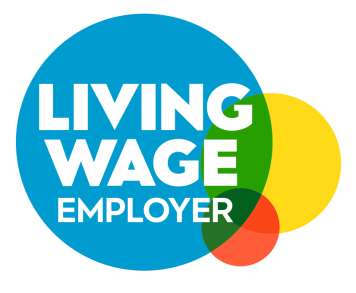5 briefing blunders that drive copywriters crazy
I love visiting freelance copywriters’ websites, seeing claims like “I don’t write drab, boring copy!” and then reading their portfolio to find that actually, they do.
It’s not always their fault though. We’re all at the mercy of the creative brief.
Sometimes web copy needs to be conservative to be effective. Like on certain law firm websites, where the punchy style loved by so many copywriters isn’t respectable enough.
But other times, we’re just doing the best we can with a really crappy brief. In these cases, the end product is probably going to be crappy too.
Here are 5 types of creative brief I receive all too often, and why they stink.
1. THE 50 WORD BRIEF
It is possible, in some cases, to write a good brief in 50 words – but I’m talking about the kind of thing where the client just can’t be bothered to write down their ideas. What does this mean for us copywriters? More work, as we chase answers and try to piece together the information we should’ve been given in the first place. Copywriters know how to write copy. We don’t know what you want to achieve until you tell us. So, you know, just tell us.
2. THE CLUELESS MARKETER’S BRIEF
Some of the poorest briefings I’ve received have been from seasoned marketing professionals. The worst thing about this scenario is that it’s difficult to hand-hold them through the process – because you both know it shouldn’t be that way. These bad briefings are either woefully light on detail (because the client is too busy, or too lazy) or they’re full of fuzzy marketing terms. All you can do is ask lots of questions – and when no useful answers come back, make the best of a bad job.
3. THE BRIEF BY COMMITTEE
The problem with a really, really long brief is lack of focus. I’ve had briefings to write single web pages that were over six pages long. The instructions came from a veritable committee of company directors who all wanted to have their say, but ended up contradicting one another. The answer? Decide on clear objectives before briefing your copywriter. Bigger isn’t always better.
4. THE COPYCAT BRIEF
Note to clients: we’re not called copywriters because we simply copy other writers. The idea is to sell what’s unique about your products. And yet I’ve received briefs that were nothing more than a collection of other web pages pasted into a Word doc. How can you beat the competition if you sound just like them? You can’t.
5. THE AIMLESS BRIEF
This has to be the hardest thing to deal with. The client just doesn’t know what they want. To make up for it, they often throw in unhelpful words like ‘dynamic’ and ‘engaging’. Oh, you want your copy to be engaging? That’s a first. All a copywriter can do is suggest ideas and try to steer the client down a path we think will work – which rather defeats the object of a brief.
If you require expert support with your website copy, check out our content marketing services today.










